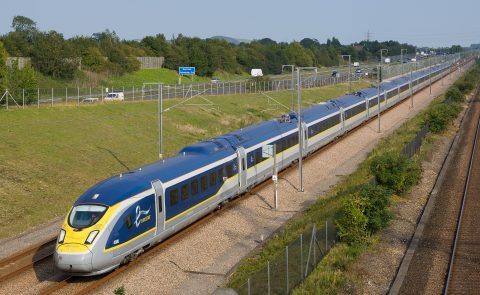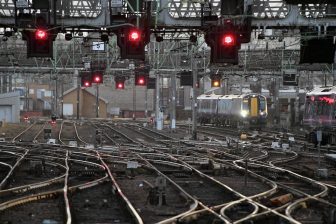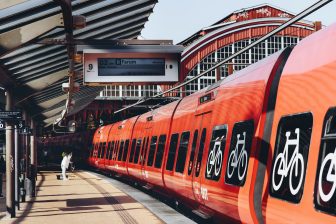
Schedule for next stop for HS1 in wine region Bordeaux is a tight one
There's still quite some work to be done to make the proposed starting date. 2015 David Gubler / Wikimedia Commons
High Speed 1 (HS1), also known as the Channel Tunnel Rail Link, remains serious about its long-promised plans to open a new route connecting St. Pancras International Railway Station in London to the Gare de Bordeaux-Saint-Jean in Bordeaux, by 2026. The timeline, however, is “tight”.
Want to read more?
You have read all of your free premium articles for this month. Please become a subscriber to keep reading.
Subscribe now!
Take advantage of our exclusive offer to get full access to all premium content.




Good news, but why only 2030 for the larger part of the destinations?
Also, with night trains, there would be no more 5-hour-limit for operations.
Then, a larger number of cities come into reach from London, including Madrid, Balcelona, Nice, Rome, Zurich, Munich, Berlin and Kopenhagen. The railtrack operators would, however, have to agree on adequate, i.e. lower track access charges per km and per train run, to compensate the lower number of passengers per train and higher other costs.
Can’t get my head around how the new LGV Tours-Bordeaux helps to “bypass Paris”. Is there a map of the intended route?
Charles, it would go around Paris like many cross-country TGV already do, likely calling at CDG-Airport, Marne-la-Vallée-Disneyland, Massy-TGV and down towards Tours, Poitiers-Futuroscope and Bordeaux.